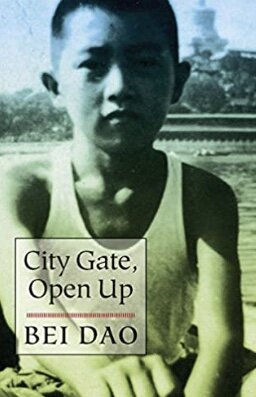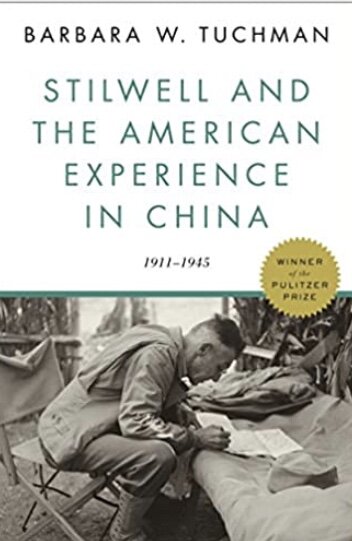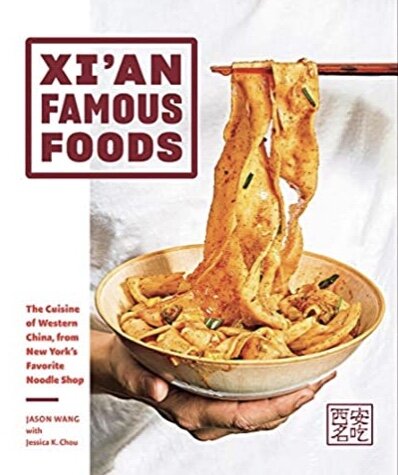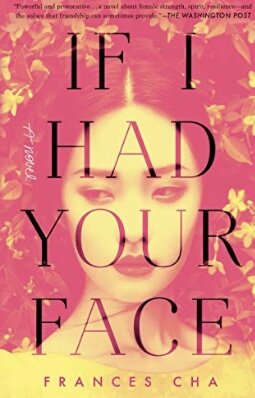Welcome to the Bangkok Slaughterhouse by Father Joseph Maier (Periplus Editions)
There are few heroes, let alone saints, among Catholic priests nowadays, but Father Joe Maier qualifies as both, although he would vehemently deny that. For over fifty years, he has lived and worked in Bangkok’s most notorious slum, one where other foreigners fear to tread.
Now in his 80’s, Father Joe entered a seminary when he was a high school freshman and was sent to Thailand in 1967 by his order soon after he was ordained at the age of 28. A young rebel who protested the Vietnam War, this Grateful Dead fan was given one of the “most remote and undesirable assignments,” as his friend Jerry Hopkins says in the book’s introduction. He ended up in a hovel surrounded by a community of hovels, in the part of Bangkok where livestock are slaughtered by residents who are not prohibited from this work by Buddhism. Many of them are Catholic, so Father Joe wasn’t there to proselytize and win converts. His job was to take care of people whose religious beliefs mirrored his own.
In 1971, he guided Mother Theresa through his parish of Klong Toey. She told him “to stay in the slums, where the need was great.” He’s still there.
Every month or so, Father Joe wrote stories about his community for the Bangkok Post, which were collected and published in this book. They are heart-wrenching without being maudlin. Father Joe lives among people who have no time for sentimentality and little time for grief. He tells about them with a straight-to-the-chin approach, laced with a degree of humor and a lot of love, presenting them as heroes, even when they fail.
First he shows the children: nine-year-old Note who was born with AIDS and whose best friend is Galong, a thirty-five-year-old man who was born with Downs Syndrome and is mentally younger than the boy who takes good care of him; Miss Naree, who at the age of eight, and with very little money in her hand, took her friends on an unsanctioned outing from Father Joe’s Mercy Center for a visit to the zoo on the other side of the city; twelve-year-old Pim who was arrested as a drug courier, whose life was threatened by the man she testified against, and who was released into the care of Father Joe’s staff of nuns and volunteers.
The Mercy Center is a refuge, a place to live for mothers and children with AIDS, where adults with AIDS who can no longer take care of themselves are cared for, where 250 children who have no other place to live are given a safe home. It houses a preschool with over 500 students, a “successful slum women’scredit union”, a jobs program for disabled Khlong Toey residents, an AIDS hospice--and a house for Father Joe. A stipulation that came with a huge donation said the funds would be given only if he moved out of his tin-roofed shack in the middle of the slum, for health reasons.
Father Joe ends with a stark view of his Slaughterhouse community. Khlong Toey is a village where nobody owns the land they live on, where a fire in one house can destroy thirty others in a few minutes, where truck drivers deliver livestock and buy drugs, where selling amphetamines for high-level dealers is the easiest way to keep a family afloat. He singles out heroes who have defied the odds: Miss Froggy who grew up in the Slaughtehouse and stayed on as a teacher and community activist, Miss Kanok-tip who heads a group of other disabled women in the Five Kiosk Workforce, selling snacks and soft drinks from streetside stalls, running their own businesses; Samlee whose uncle kept her in school up through high school graduation even though the family lived under a bridge and who now teaches kindergarten, making sure her own children have an education. He never mentions his own efforts.
It’s left to his friend Jerry Hopkins to tell us who Father Joe really is—a man who enjoys a cold Heinekken, who hasn’t “cut the four-letter words from his conversational vocabulary,” who lived in a squatter’s shack for twenty years as he “focused on redemption, the act of being set free, or saved” in this life, this world, not the next. Still a maverick, he told CNN “Buddhists and Muslims taught me how to be a Christian.” When guiding visitors through the Slaughterhouse, he laughs as he says of himself and of “those for whom his dreams were built,” “We’re mad. Barking mad.” But his is divine madness, in the truest sense.~Janet Brown
* * * * *
All proceeds from the sale of this book go to the Human Development Foundation, a non-denominational, community-based organization that gives aid to over thirty slum communities in Bangkok.



















